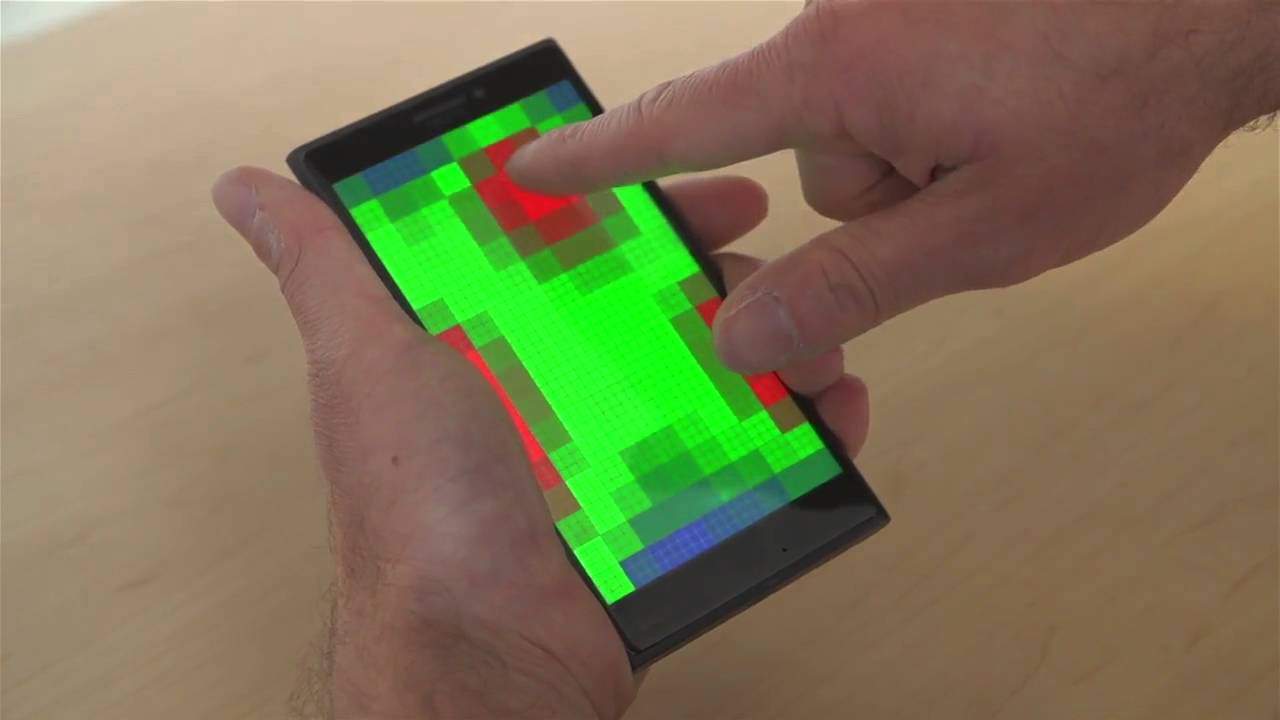Affiliate links on Android Authority may earn us a commission. Learn more.
Batman-inspired software can bring 3D Touch to any device
3D touch is kind of a complicated technology. It requires specialized components beneath the screen to detect and determine pressure. So if you’re furrowing your brow at the concept that some kind of software could put it on any smartphone, then you’re not alone. Researches at the University of Michigan have pulled it off, however. It’s called ForcePhone, and its origins lie in The Dark Knight.
In the Christopher Nolan film, Batman at one point turns all the smartphones in Gotham City into a sonar system, allowing him to render the full city in 3D live. While most of us might have identified that as the most “oh, come on” moment of the movie, Yu-Chih Tung had a different reaction. “I thought it was an interesting idea to turn smartphones into a sonar-based system and felt this could lead to new applications to address challenges faced by smartphone users,” the doctoral student said in an interview.


“You don’t need a special screen or built-in sensors to do this. Now this functionality can be realized on any phone,” said Kang Shin, a Professor of Computer Science in the U-M Department of Electrical Engineering and Computer Science. “We’ve augmented the user interface without requiring any special built-in sensors. ForcePhone increases the vocabulary between the phone and the user.” Shin and Tung believe this technology has a variety of applications beyond standard 3D Touch fare. Menus may be navigated by squeezing, for instance, or numbers could be dialed by squeezing the device in a specific pattern. The software isn’t quite ready for the commercial market, but the team will demo it June 27-29 in Singapore at MobiSys 2016.
This isn’t the first cell phone sonar technology the team has developed. They also created an Android app called BumpAlert that’s meant to be used by people who walk while using their phone. The device uses the rear facing camera and high frequency sound waves to identify objects in front of the user and alert them before they smack their head on a sign or stumble into another pedestrian.
What do you think of ForcePhone and its potential applications? Radical innovation or merely a gimmick? Let us know your opinion in the comments below!